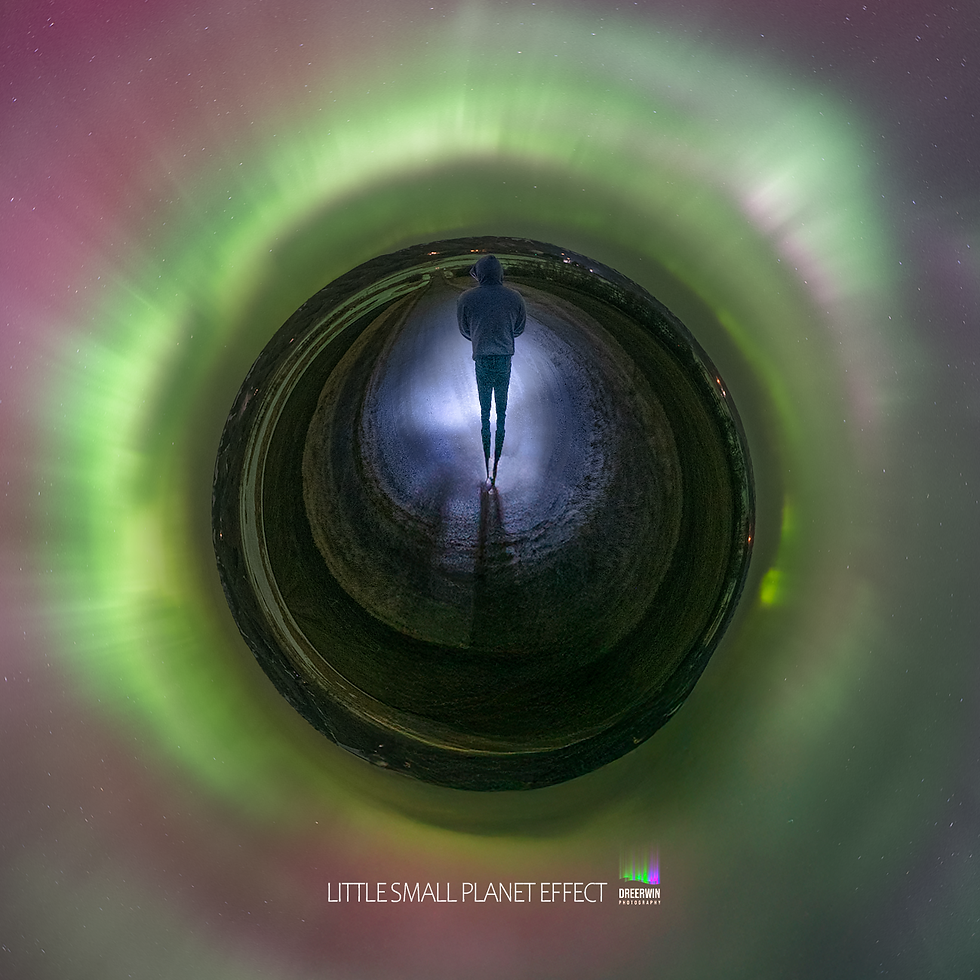
Chasing the Magic: Why Fall & Winter Are the Best Seasons to See the Northern Lights in Saskatchewan
- Dre Erwin

- 2 days ago
- 3 min read
As the nights grow longer and colder, something truly magical begins to happen in our Saskatchewan skies. The Northern Lights — or Aurora Borealis — start dancing with even more intensity, painting the darkness with ribbons of green, purple, pink, and gold.
Every year around this time, people from all over the world begin searching for the best places and tips to see the aurora. If you're one of them — welcome. I'm Dre Erwin, and through my lens, I’ve been chasing and capturing this light show for over a decade, from the back roads of Pinehouse Lake to the edges of Wascana and beyond.
Here’s why autumn and winter are prime aurora seasons, and how you can experience them for yourself.
---
1. Why This Time of Year?
The equinox months (September and March) are known to be aurora hotspots due to something called the Russell-McPherron effect — basically, Earth is tilted just right to let solar wind sneak in and light up the skies. Add in colder temperatures and longer nights, and you have a recipe for vivid auroras that sometimes last all night long.
---
2. Where to Go in Saskatchewan
You don’t have to travel far. Some of the best places I've captured the lights include:
Northern Saskatchewan: Pinehouse, Sandy Bay, and La Ronge offer low light pollution and wide open skies.
Near Regina: Just 20 minutes out of the city, spots like Stony Beach, Condie Nature Refuge, or even Sangster Park (if the lights are strong) give incredible views.
Cypress Hills or Prince Albert National Park — both are dark sky preserves and have become aurora photographer playgrounds.
If you're not sure where to start, just look north, away from the city lights. Trust me — some of the best photos I’ve taken have been pulled over on a dirt road with my tripod sinking into snowbanks.
---
3. Tips for Seeing & Photographing the Northern Lights
Use Aurora Forecast Apps: I use SpaceWeatherLive and Aurora Alerts — set them to notify you when activity spikes.
Check the KP Index: A KP of 5 or higher can often be seen in southern Saskatchewan if skies are clear.
Bundle Up: -30°C nights make for the best shows, but they also freeze fingers. Bring mitts, a thermos, and a spare battery.
Use What You Have: You don’t need a fancy camera. Many of my followers have shot amazing photos with smartphones set to night mode or using long-exposure apps.
Want to see how I edit my aurora photos? Stay tuned — I’ll be releasing a free Lightroom tutorial next month!
---
4. What It Feels Like to Witness It
Photos are great, but nothing compares to the real thing. That quiet stillness, the crunch of snow under boots, and then suddenly — the sky erupts. It humbles you. Heals you. Makes you remember that there's still magic in the world.
For me, it's not just about capturing the moment. It’s about sharing it — so others can feel what I feel out there. That’s why I created the Pinehouse Photography Club years ago, and why I continue to post aurora content today: to help others look up, even when life gets heavy.
---
Final Thoughts
If you’re looking to witness something unforgettable this fall or winter — head out under the stars. Take a chance on the cold. Pack your camera or your phone. And if you do catch a glimpse, tag me at @DreErwinPhotography — I’d love to see what you saw.
The Northern Lights are coming. Will you be ready?





Comments